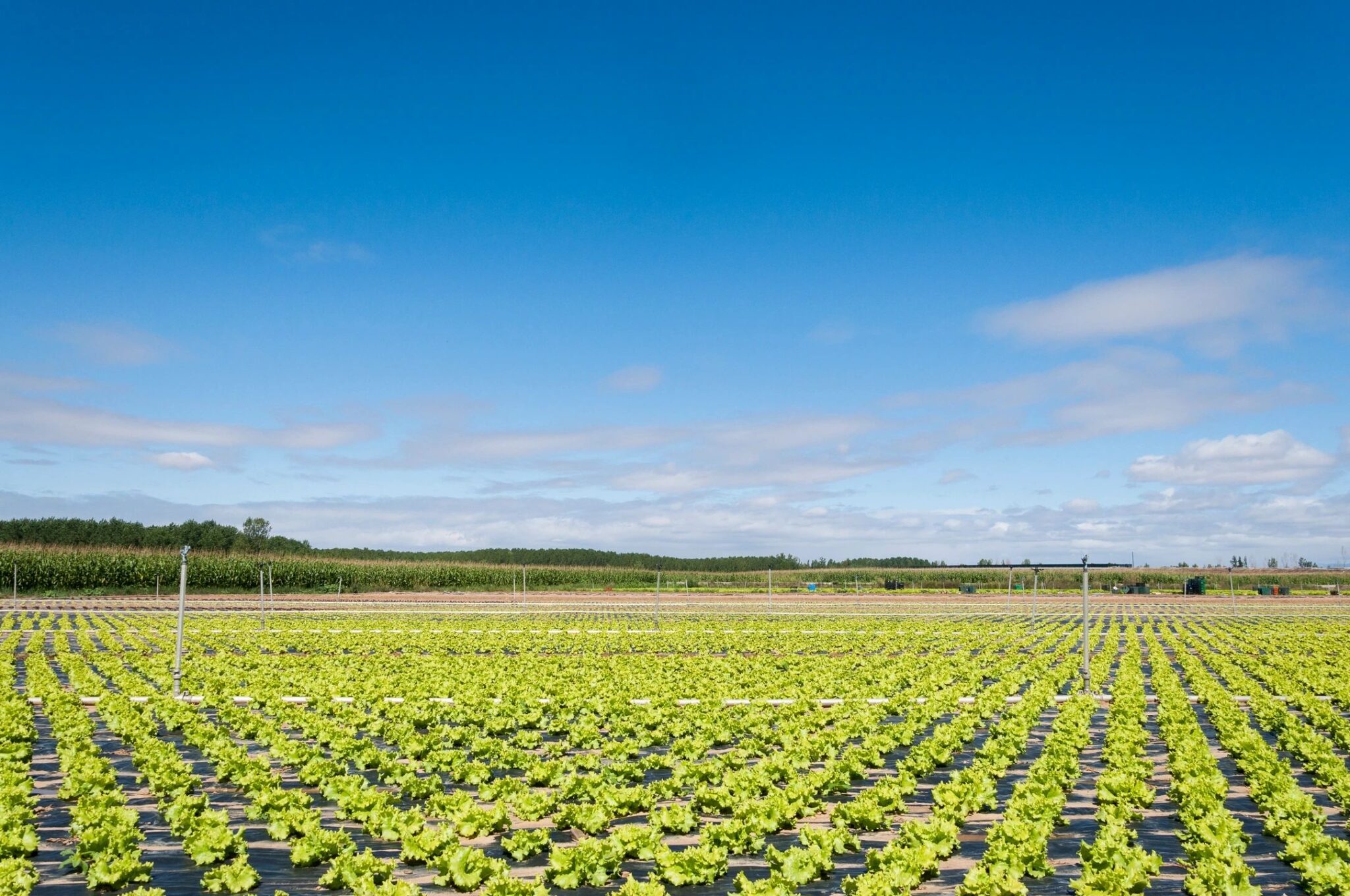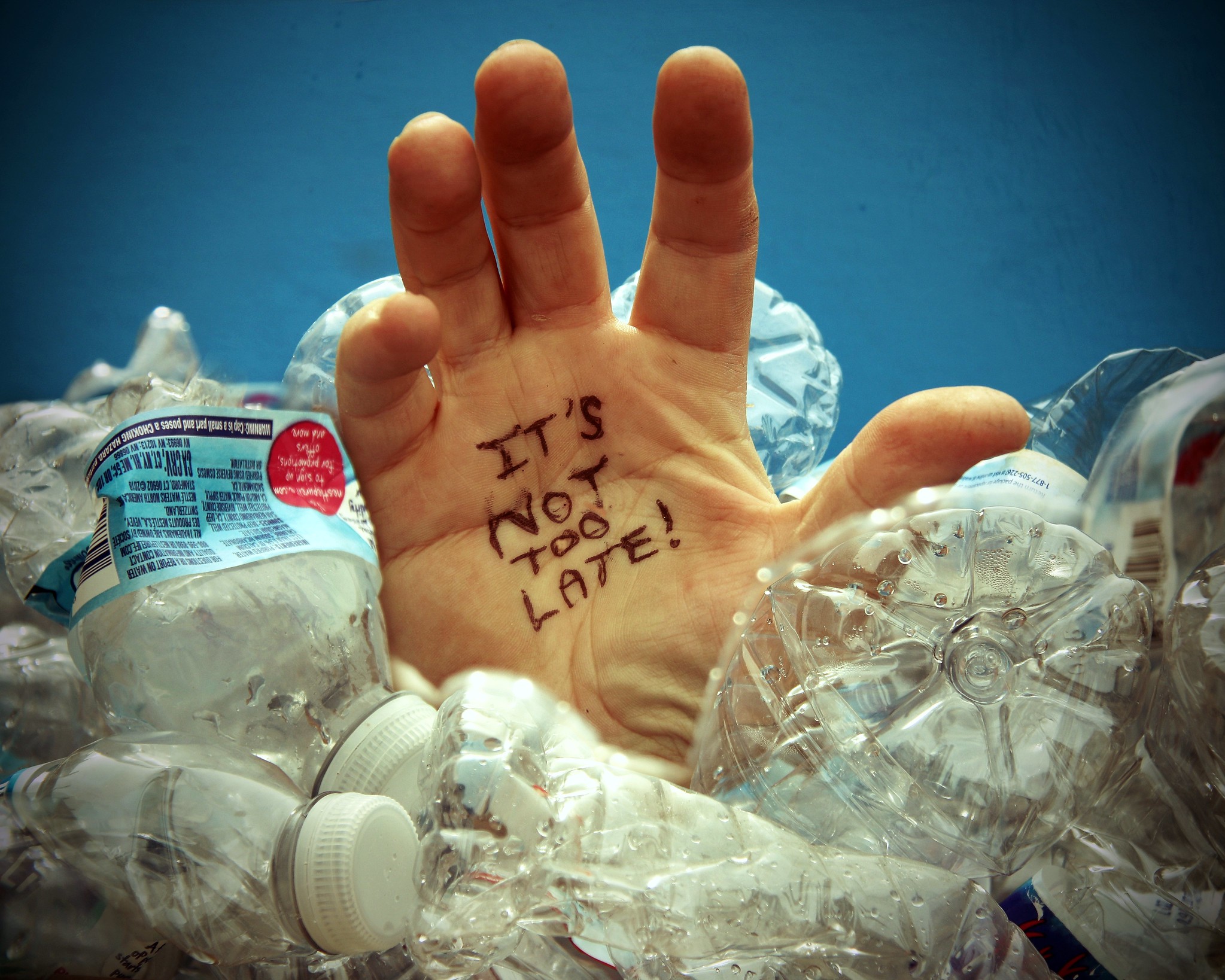Irrigation with water from oil fields may be safe for a California water district’s crops if the water is diluted and boron-tolerant crops are grown.
When it comes to water, California is often between a rock and a hard place. Regular droughts coupled with diminishing natural supply make it challenging to ensure the nation’s agricultural powerhouse has enough water to go around.
But for one area of the state, a team of researchers from RTI International and Duke University have found a potential workaround: using diluted leftover water from oil production to irrigate cropland.

Irrigation reservations
The Bureau of Reclamation defines oil field produced water, or OPW, as a byproduct of oil production. It is produced when water contained in oil-bearing rocks is brought to the surface during drilling operations, like the ones near farms in Kern County, California, where this study was conducted.
In agricultural applications, OPW is mixed with groundwater or surface water and then used for irrigation. Farmers in Kern County’s Cawelo Water District have been using diluted OPW on their crops for over two decades, according to the district’s website (which also notes it does not accept or use produced water from fracking operations).
Agricultural use of diluted OPW is not without opposition, of course. Opponents of irrigation with diluted OPW have concerns about potential health risks. Though the practice is approved by the California Water Board, there is still concern that OPW could harm water quality, introduce harmful chemicals into the soil, or hurt the health of crops and the humans who will eventually consume them.
Duke geochemistry professor Avner Vengosh’s lab investigated these claims and found mostly good news—with a few catches.
Did you know that smartphone touchscreens can now detect contaminants in water samples?
Low saline, low risk
Vengosh and his team examined levels of salts, metals, radioactive particles, and other contaminants in three types of water: undiluted OPW, regular groundwater from the area, and OPW mixed with groundwater. The team also examined the chemical levels in soil irrigated with each of the three types of water.
From December 2017 to September 2018, the team collected their samples within the Cawelo Water District, which covers a portion of northern Kern County. About 34,000 acres of orchards, vineyards, and other cropland receive irrigation water from the Cawelo Water District, according to the district’s website.
The team found that in terms of water quality, the blended OPW was within parameters set by the California Water Board for irrigation and even drinking water in the Cawelo Water District.
As for the soil samples, naturally occurring radiation wasn’t significantly different across the three types of irrigation used. However, the blended OPW soils did show higher counts of salts and boron, which led the scientists to believe these substances have the potential to accumulate in the ground over long-term use. But that was the only risk they found within the Cawelo Water District, which tends to have lower-saline OPW in its oil deposits than that of other areas in the US.
To mitigate boron and salt accumulations, the study recommends that farmers in the area plant crops that can handle higher levels of boron and continue mixing the OPW with groundwater, which is necessary to meet state guidelines to begin with.
Not one-size-fits-all
The other caveat to the study is that this solution isn’t applicable across the country, or even across different parts of California—at least, not yet. Andrew Kondash, the lead author of the study, notes that a given area would need to run similar studies on its water and soil to see if its OPW is safe to use for cropland irrigation.
“You can’t assume that the results in this study could be applied to OPW from other oil fields, where the salinity is typically much higher,” he says in the release.
But for farmers in the Cawelo Water District, who often face tight water restrictions while trying to maintain their livelihoods, this new study could come as a welcome reassurance.
“All things considered, this is good news,” says Vengosh.
This study was published in the journal Science of the Total Environment.
References
Cawelo Water District. (2020, May 15). Retrieved June 24, 2020, from https://www.cawelowd.org/
Guerra, K., Dahm, K., & Dundorf, S. (2011). Oil and Gas Produced Water Management and Beneficial Use in the Western United States (Report No. 157). U.S. Department of the Interior, Bureau of Reclamation. https://www.usbr.gov/research/dwpr/reportpdfs/report157.pdf
Kondash, A. J., Redmon, J. H., Lambertini, E., Feinstein, L., Weinthal, E., Cabrales, L., & Vengosh, A. (2020). The impact of using low-saline oilfield produced water for irrigation on water and soil quality in California. Science of The Total Environment, 733, Article 139392. https://doi.org/10.1016/j.scitotenv.2020.139392

About the Author
Mackenzie Myers is a science writer, native Michigander, and former field station ragamuffin. She holds an MFA in nonfiction writing but would be a soil scientist if she could do it all over again.




